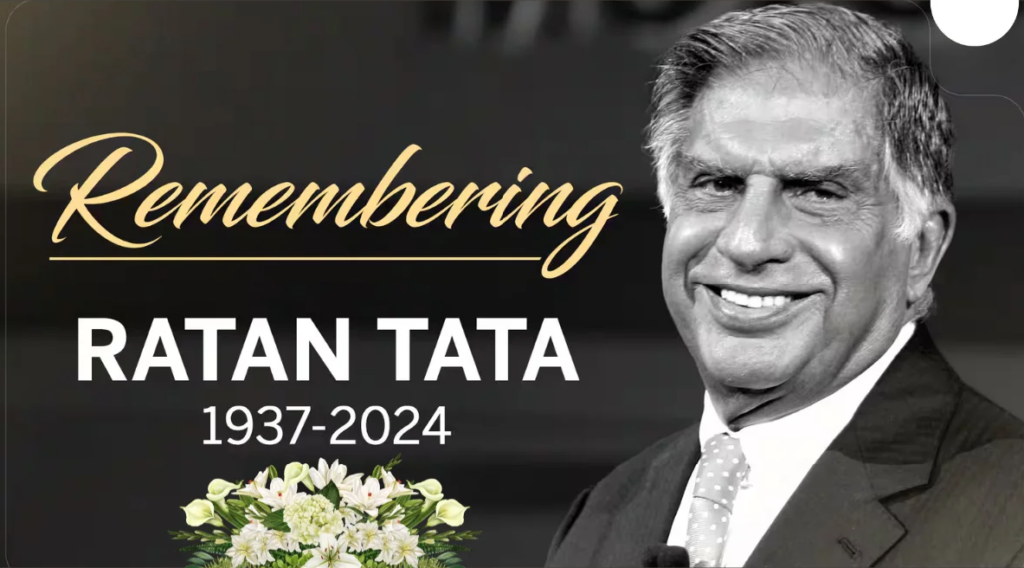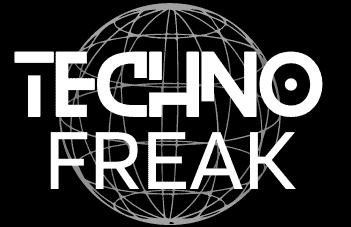Ratan Tata’s Rise within the Tata Group
Tata Group:Ratan Tata’s journey within the Tata Group is a testament to his visionary leadership and relentless pursuit of excellence. From his early contributions to becoming the chairman in 1991, his tenure has significantly shaped the group’s direction and success. This article explores Ratan Tata’s rise within the Tata Group, focusing on his initial roles, leadership challenges, and key decisions.
Initial Roles Ratan Tata joined the Tata Group in 1961, starting his career at Tata Steel. Unlike many successors of prominent business families who might seek immediate executive roles, Ratan chose to start on the shop floor.
He worked alongside blue-collar workers at Tata Steel’s blast furnace, gaining invaluable hands-on experience. This period was crucial in shaping his understanding of the business’s operational aspects and building a strong foundation for his future leadership roles.

His early roles involved taking on various challenging assignments across different Tata companies. These projects allowed him to learn the ropes from experienced leaders within the organization. One of his notable early contributions was his involvement in turning around the fortunes of Tata’s struggling electronics division, Nelco. Despite facing significant challenges, his innovative thinking and problem-solving abilities set him apart.
Leadership Challenges Ratan Tata’s rise within the Tata Group was not without its challenges. He encountered numerous hurdles while working with different Tata companies. One such challenge was the restructuring of Tata Steel.
The company was facing financial difficulties, and Ratan played a crucial role in implementing cost-cutting measures and modernizing its operations. His strategic vision and innovative approaches helped Tata Steel regain its competitive edge and become one of the world’s leading steel producers.
Another significant challenge was transforming Tata Motors.The company’s market share was declining, and it faced stiff competition from global automakers. Ratan Tata took bold steps to revitalize the company, including the acquisition of British brands Jaguar and Land Rover.
This move, though initially met with skepticism, proved to be a game-changer. Under his leadership, Tata Motors expanded its global footprint and introduced innovative products like the Tata Nano, the world’s cheapest car.
Innovative Approaches and Solutions Ratan Tata’s leadership style is characterized by his innovative approaches and solutions to business challenges. He recognized the importance of staying ahead in a rapidly changing global market and focused on driving technological advancements within the Tata Group. His emphasis on research and development led to the creation of cutting-edge products and services that positioned the group as a leader in various industries.
One of his notable innovations was the launch of Tata Consultancy Services (TCS), which became a pioneer in the IT services industry. Ratan Tata’s vision of harnessing the power of technology to drive business growth transformed TCS into one of the world’s largest IT services companies. His strategic investments in technology and digital transformation laid the groundwork for the group’s future success.
Becoming the Chairman In 1991, Ratan Tata took over as the chairman of Tata Sons, the holding company of the Tata Group. His appointment marked the beginning of a new era for the conglomerate. As chairman, he faced the daunting task of modernizing the group’s structure and operations while preserving its core values of integrity and ethical business practices.
Ratan Tata’s key decisions during his tenure as chairman played a pivotal role in shaping the group’s direction. He embarked on a series of strategic acquisitions, including the highprofile purchases of Tetley, Corus, and Jaguar Land Rover. These acquisitions not only expanded the group’s global presence but also diversified its portfolio across various industries. His bold and visionary leadership was instrumental in transforming the Tata Group into a global powerhouse.

Restructuring Efforts One of Ratan Tata’s significant contributions as chairman was the restructuring of the Tata Group. He recognized the need to streamline operations and improve efficiency to stay competitive in a globalized economy. Under his leadership, the group underwent a comprehensive restructuring process that included divesting non-core businesses, consolidating operations, and focusing on high-growth areas.
Ratan Tata’s emphasis on corporate governance and transparency further strengthened the group’s reputation. He implemented best practices in governance and ensured that ethical business principles remained at the core of the group’s operations. His commitment to social responsibility and sustainable development also set a benchmark for other companies to follow.
Conclusion Ratan Tata’s rise within the Tata Group is a remarkable journey of vision, resilience, and innovation. His early contributions laid the foundation for his leadership, and his ability to overcome challenges and implement innovative solutions transformed the group’s fortunes.
As chairman, his strategic decisions and restructuring efforts positioned the Tata Group as a global leader.
Ratan Tata’s legacy is one of transformative leadership and unwavering commitment to excellence. His impact on the Tata Group’s direction and success is immeasurable, and his story continues to inspire future generations of leaders. His journey from the shop floor to the chairman’s office is a testament to the power of vision, dedication, and ethical leadership.

